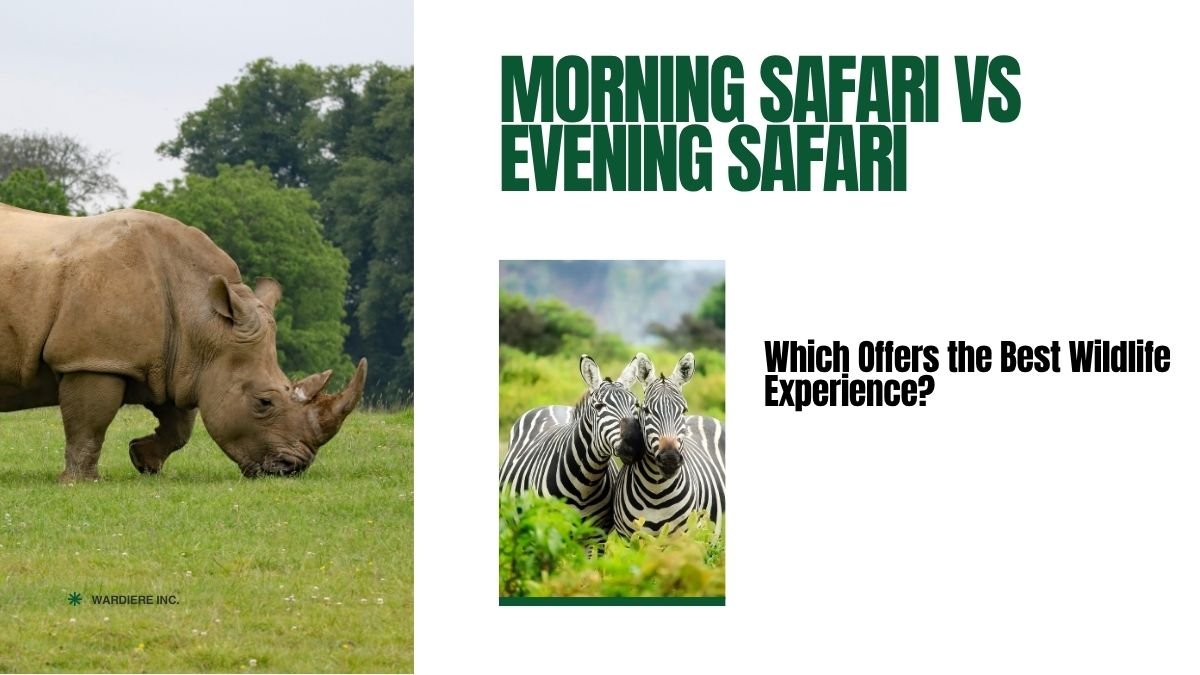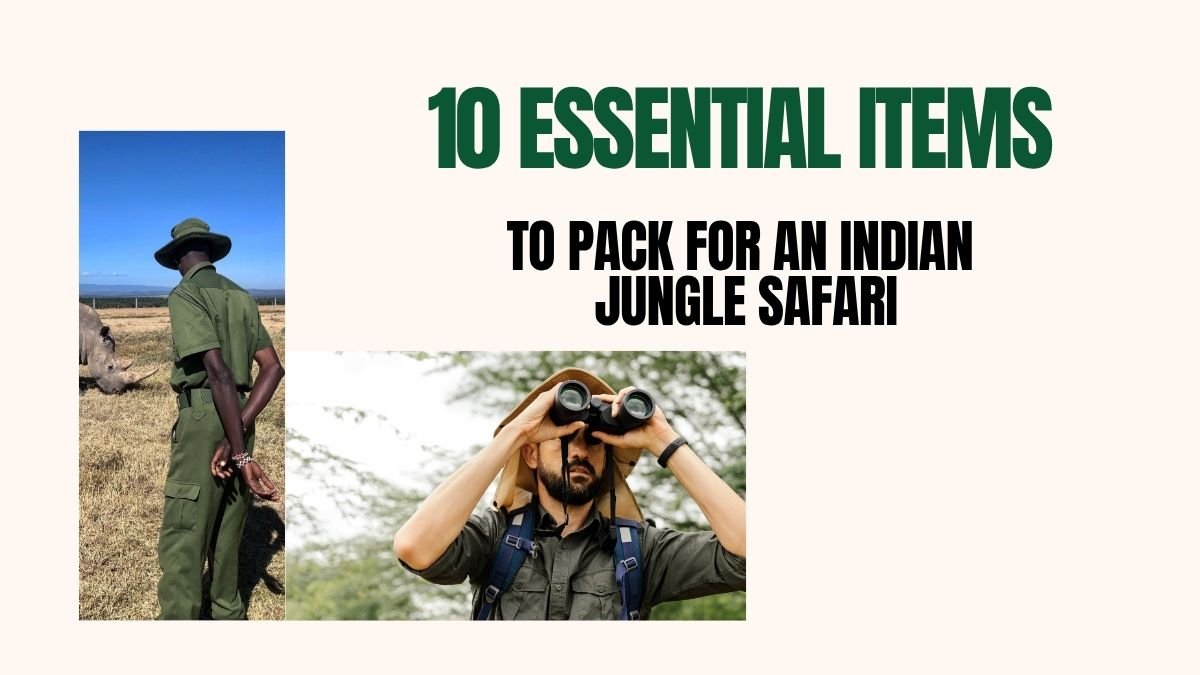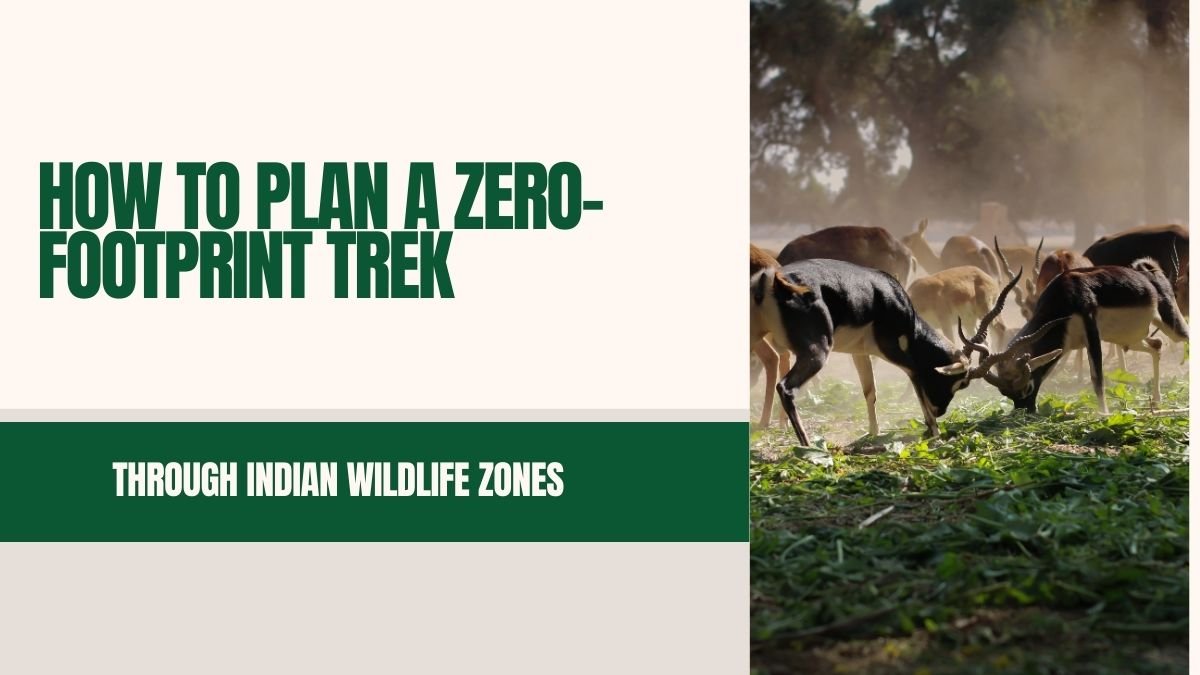Ultimate Packing Guide for a Wildlife Resort Stay
Turning a trip to a wildlife resort or safari lodge in the woods into a thrill requires proper preparation. The luggage matters; the right preparation ensures joy, comfort, and safety. One must think through safety and health besides just animal and nature watching while in the jungle.
Now, packing is in fact paramount.
1. Right Clothing and Footwear
Clothing and footwear are important in jungle safaris. The right outfits provide comfort and sometimes camouflage with the animals.
Nature Hues
- Bright colors should be avoided.
- Tigers, deer, and birds notice bright colors immediately.
- Wear natural colors like khaki, green, brown, beige.
Example: A green shirt will blend with the bushes and trees, allowing animals to approach comfortably.
Light and Breathable Clothes
- Wear long-sleeved shirts and cotton or cotton-blend trousers to stay cool and protect from the sun.
- Pack light shorts for hot summer days.
Warm Clothes
- Mornings and evenings can get chilly.
- Carry a lightweight jacket or windbreaker, or light sweaters/fleece jackets for warmth during long hours in the jungle.
Comfortable Shoes
- Always wear closed-toe walking shoes or light hiking boots.
- Flip-flops or sandals can be used at the lodge or resort.
- Suggestion: Comfort is key—choose shoes accordingly.
2. Health and Personal Care
Health is among the foremost things to consider in the jungle. Small arrangements go a long way toward ensuring a comfortable and safe stay.
Protection from Mosquitoes and Insects
- Keep a good insect repellent handy.
- Essential when tenting or camping at night.
Sun Protection
- Apply sunscreen, wear a wide-brimmed hat or cap, and sunglasses.
- Protects both skin and eyes from harsh sunlight.
Toiletries
Pack essentials such as:
- Toothbrush and toothpaste
- Moisturizer
- Hand sanitizer
- Wet wipes
Note: Not every resort provides these, and water availability can be limited.
First Aid Kit
Include:
- Band-aids
- Antiseptic wipes
- Painkillers
- Personal medications
This is useful for minor ailments and injuries.
3. Gear and Optics
Special gear is essential for spotting and photographing wildlife.
Binoculars
- Help to see animals at a distance.
- Ideal for tigers, deer, birds, and small critters.
- Recommended models: 8×42 or 10×50.
Camera
- Essential for photography.
- Charge your battery before leaving and carry a power bank.
- Telephoto or zoom lenses are recommended for wildlife shots.
Flashlight / Headlamp
- Useful at night and while moving in or out of tents.
- Necessary as electricity supply is limited in the forest.
Water Bottle
- Always carry a reusable water bottle to stay hydrated and reduce plastic usage.
4. Other Essentials
Rain Protection
- Sudden rains can occur in the forest.
- Carry a lightweight poncho or umbrella to keep clothes dry and continue the safari comfortably.
Charger and Power Bank
- Lodges often have limited electricity supply.
- Carry a power bank or charger to keep devices functional.
Dry Bag
- Keeps electronic items and documents safe during trekking, canal crossings, or unexpected rain.
5. Packing Tips and Tricks
- Travel light to stay organized.
- Categorize essentials into small pouches or ziplock bags:
- Medications
- Camera gear
- Toiletries
- Carry maps and guidebooks as mobile networks may be weak.
- Pack natural snacks like dry fruits and energy bars.
Conclusion
What makes a trip to a wildlife or safari resort memorable is pre-arrangement.
- Right clothes
- Health and hygiene considerations
- Gear and camera supplies
- Rain and blackout preparedness
Most importantly, comfort, safety, and awareness of nature are crucial. Following these points will ensure your safari is exciting, safe, and comfortable.
Enjoy your jungle trip with meticulous prep and brilliant packing.









